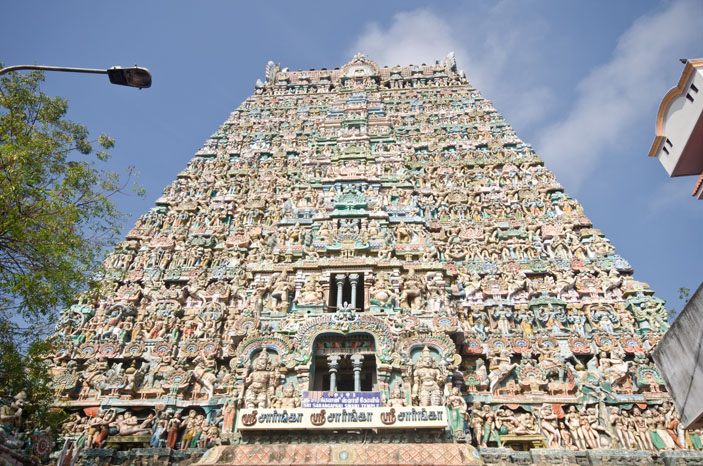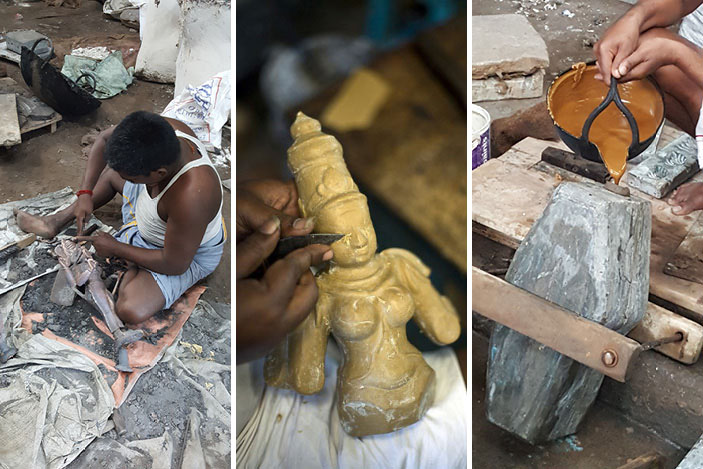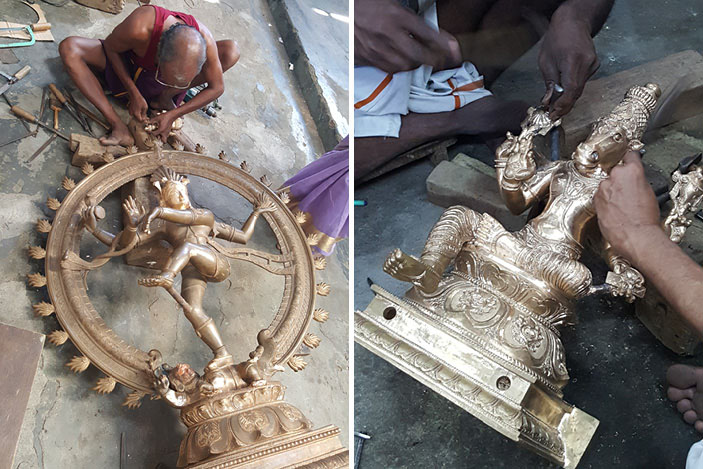ABOUT 300km south of Chennai, a six-hour car ride away, is Kumbakonam, famed for its medieval temples dating back to the late Chola period.
The Cholas reached their zenith during the period 1010–1200 when they annexed parts of Sri Lanka and occupied the islands of the Maldives as well as the kingdom of Srivijaya in the East.
The Cholas were known to be master builders, and like the Pharaohs before them, saw temples not just as places of worship but hives of economic activity.
Kumbakonam is not short of gopurams, the tall and colourful entrance structures that mark major Hindu temples. There are at least 15 major temples in the town itself. It is therefore not surprising that one of the major cottage industries in the town is the production of bronze statues of varying sizes and complexities, from 3m high weighing several tons to small hand-held ones.

During a recent visit to the town, in a place called Swamimalai, I visited one of the bronze workshops to see the traditional “lost wax” process of sculpture-making.
Wax Works
First, a detailed wax model is made of the image to be cast. The wax is made of pure beeswax together with plant resin and groundnut oil.
If there are many parts, then the parts are made separately and fused together, for example when the metal image has many hands, each holding an object or forming a specific mudra or hand gesture.
The craftsman, or sthapathi, covers the wax image with three separate layers of fine clay and sand, the first one being the finest. The alluvial sand is from the River Cauvery on the banks of which Kumbakonam is situated. The clay mould is then allowed to dry for a month or so in the shade.
When the mould is ready, a few holes are made in the right places, and the mould is warmed up. This causes the wax mixture to melt and flow out of the holes (hence “lost wax” process).

The empty mould is placed firmly in the soil or clamped with wood and prepared for casting. The alloy is melted and poured into the mould. In olden times, the molten metal was an alloy of five metals known as Panchaloha — gold, silver, copper, zinc and lead. Today, tin and iron have mostly replaced gold and silver, which are now used in insignificant quantities more for symbolic purposes.
When the sthapathi determines that the metal has hardened, he will break the mould to reveal the semi-finished sculpture.
Work then begins to clean and polish the sculpture.

The Pallavas and the Cholas were brilliant in creating magnificent statues and icons for temples all over India. Today, the workshops of Swamimalai supply the images (murtis) to temples all over the world. One good example was a set of 108 cosmic dance poses by Shiva produced for a Hindu temple in Hawaii.
Creating By Instinct
Many of the sthapathies are descendants of generations of craftsmen and work by instinct and feel, rather than using any scientific instruments.
During my visit, I did not see any measuring instrument, only the tools of the trade.
It is an open question as to how much longer such cottage industries will last without modernisation and investment. But even in this primitive workshop, one can feel the passion and spiritual underpinnings of this craft, which always starts with a prayer for the skills required to produce the icon without any blemish.
You might also want to read:
3 Back Street Tales Of Little India



















